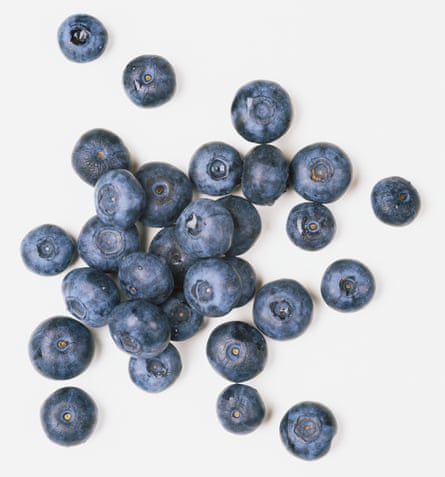I grew up poring over Dr DG Hessayon’s The Garden Expert. Some kids fixate on stuffed toys or action figures, but to me it was a heavily dog-eared copy of this iconic gardening book. I carried it with me everywhere I went and, 30 years later, it is still to my mind the best horticultural book.
There was always one thing I found fascinatingly quirky about the book, even as a child: the cover. It featured an idealised 1980s suburban semi, with obligatory crazy-paving patio and garden furniture, leading on to an immaculate lawn and herbaceous borders that stretched into the distance. So far so good. But then, right at the back, hidden behind panels by the compost bins and greenhouse, was the veggie patch. Even at the age of seven I just couldn’t understand what the strict segregation was all about. Why do we deem edible crops as looking so awful we have to put them as far away from view as possible, even erecting barriers to hide them?

Today, as a botanist, I am still none the wiser. The separation between “ornamental” and “edible” crops is an entirely arbitrary, cultural decision. Many allotment staples, such as runner beans and tomatoes, were first popularised in Britain as ornamentals for their pretty flowers and fruit, while flowers such as dahlias and daylilies were first grown as tasty veg. As far as I can tell, even as late as the 1980s British gardens were still trying to emulate the layouts of grand Victorian gardens, albeit on a postage-stamp scale. It’s a fascinating cultural peculiarity, but given how our gardens are getting ever smaller, I can’t help wonder if it has finally outlived its usefulness.
In that spirit, here are two multitasking “edi-mental” crops that look as good as they taste, even at this chilly time of year.
For those of you gardening on acid soil, blueberries really do take some beating as horticultural all-rounders. Not only are the fruit of these expensive to buy, despite being much easier to grow than many other edibles, but they also offer up pretty spring flowers and bright scarlet leaves in autumn – a perfect solution for a full season of interest both for your eyes and your palate. Plants can be grown close together, too, to create an attractive, loose, low-maintenance hedge that won’t require slavish devotion to pruning. In my experience the best colour comes from the highbush blueberries Vaccinium corymbosum, which will be even redder and produce heavier crops of sweeter berries when grown in full sun.
If you don’t have acid soil, juneberries, Amelanchier alnifolia ‘Northline’, make an excellent alternative. These are widely grown in the UK as an ornamental, but were first grown in their native North America for their blueberry-like fruit. With a flavour like blackberry jam laced with almond extract, they make fantastic pies, jellies and jams, but are sweet enough to eat fresh. There is even now a commercial plantation of them in Kent. Just like blueberries, you get stunning white spring blossom and deep red autumn colour on a tiny 4m tree that will fit into the tiniest plots.
Plants that mean you can have your pie and eat it? You can’t say fairer than that.
Email James at james.wong@observer.co.uk or follow him on Twitter @Botanygeek

Comments (…)
Sign in or create your Guardian account to join the discussion